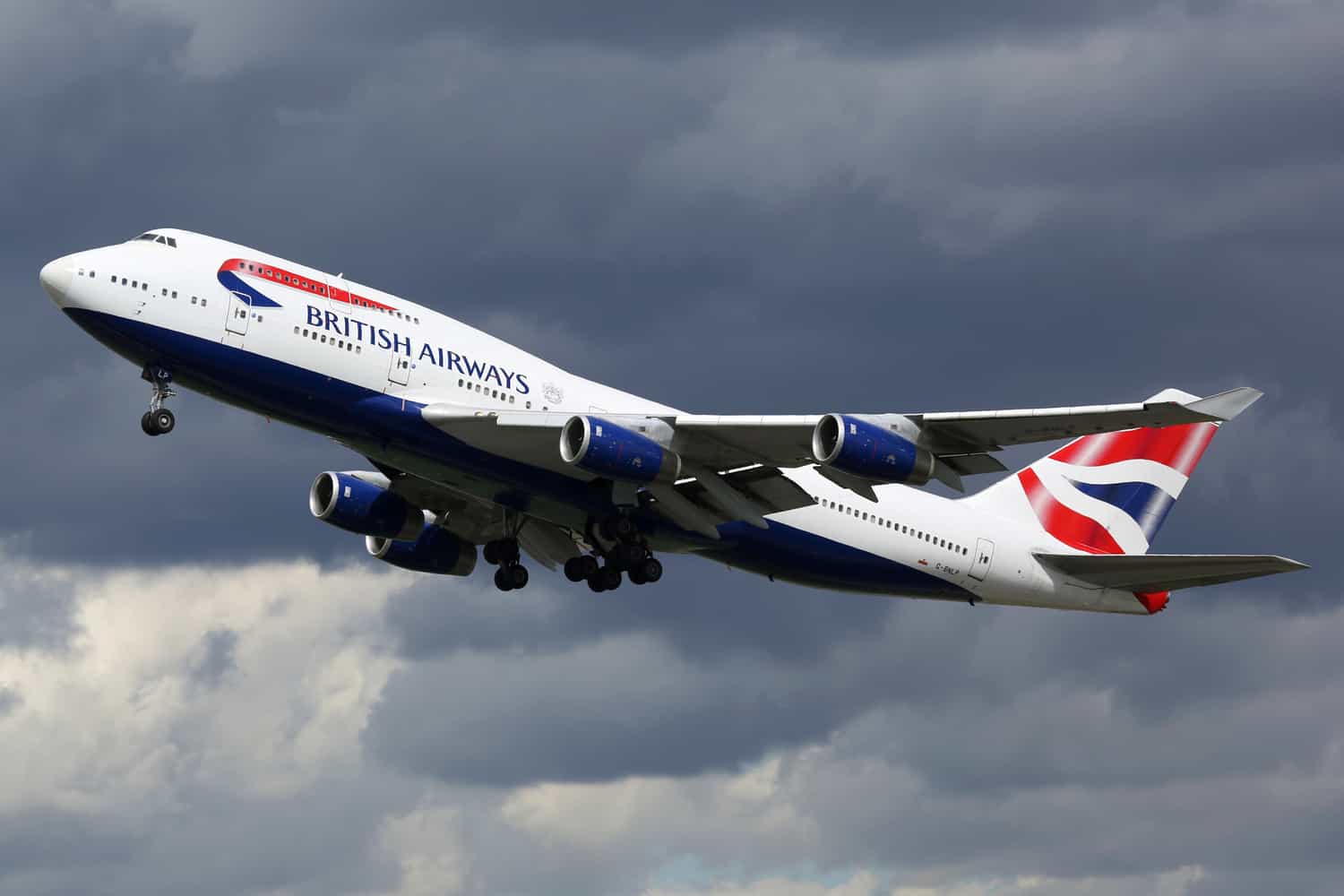This week's tail scrape of a BA plane from OR Tambo was minor, and the flight continued, but similar incidents have been more deadly.

British Airways South Africa and Kulula operator Comair suffered its fifth safety-related incident in four months on Tuesday. It was the second incident after its grounding was lifted last month.
The operator confirmed that a BA branded flight from Johannesburg to Mauritius was forced to return to OR Tambo International Airport following a tail strike. It landed safely after 85 minutes in the air, remained on the ground for around two and a half hours and was renumbered as a Kulula flight MN 399A on re-departure.
A tail strike or tail scrape, an aircraft engineer said to The Citizen, can be caused by several factors, even a gust of wind at the wrong time during rotation (takeoff) or landing. He said that due to its long fuselage, Boeing 737-800 aircraft have become notorious for a tendency to hit the runway under certain conditions.
Boeing, the manufacturer, has installed an indicator on the tail to show engineers the extent of the damage of a tail scrape incident, when it occurs. A compressed boot, as the engineer calls the rubberized indicator, immediately communicates to an inspector that the aircraft must be grounded for further checks and possible repairs. A lesser compressed boot may result in the aircraft getting an all clear to resume its journey.
An experienced Boeing 737-800 pilot said that the tail strike could have been because of pilot error, too, pulling up the nose too hard or prematurely on rotation.
An error in paperwork could also be the cause, said the pilot. Prior to departure a loadmaster provides information to the flight deck to allow for trim calculations, the weight and balance of the aircraft. This information informs the crew of the load they are carrying and is also programmed into the autopilot.
Comair was grounded for five days in February after three safety-related incidents that included landing gear and engine failure. At the time, the South African Civil Aviation Authority cited non-compliance of the operator’s safety management system, in essence, critical paperwork audit trails that ensure accurate recording of technical snags, maintenance records and other safety related information.
After the grounding was lifted, a Comair operated BA flight had landing gear problems in Gqeberha last month.
A tail scrape of an aircraft on a runway can be deadly and poor repairs can trigger future incidents. History has evidenced this. In 2002 a China Airlines Boeing 747 crashed after improper repairs to a previous tail scrape, decades before, caused the aircraft to disintegrate after takeoff killing everyone on board. Seventeen years earlier, a Japan Airlines flight saw passengers suffer a similar fate as the result of inadequate repairs following a previous tail strike.
Passengers are nervous. Comments on Twitter following the incident saw one tweeter exclaiming: “I would rather walk than fly Comair, Kulula or British Airways!”
Also Read: We’re fine, says Comair
Comair operates the local franchise of British Airways. The Citizen asked the franchisor whether the string of safety-related incidents, some bearing its brand, have placed strain on its relationship. The Citizen also asked the mainline carrier whether its inbound passengers on connecting services operated by Comair have indicated reticence to fly its brand in South Africa. By the time of going to print the BA media office had not responded.
Comair’s public relations agency representative Stephen Forbes confirmed the incident to The Citizen on Wednesday morning. He said: “We can confirm a tail scrape occurred on take-off when on this morning’s (19 April) British Airways (operated by Comair) flight from Johannesburg to Mauritius. After returning to base for a technical check, the passengers remained on board and the aircraft continued its flight to Mauritius as normal.”
“The safety of our personnel and customers remains our foremost priority,” Forbes said.
Ten days ago, FlySafair voluntarily grounded an aircraft after two incidents while Lufthansa Technik Maintenance International, one of Comair’s two maintenance providers, saw its license suspended for non-compliance to SACAA regulations. The company was fired by Comair a day before its suspension.






